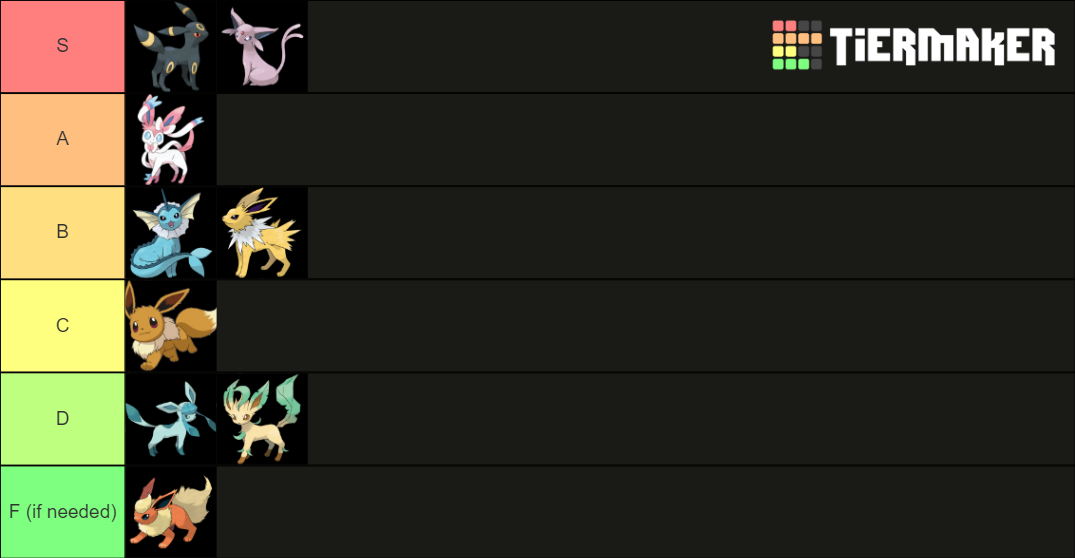
A few weeks back, Insomniac patched Ratchet and Clank: Rift Apart on PlayStation 5 to introduce a revised version of its 4K30 fidelity mode. Tapping into the capabilities of 120Hz displays, what the team delivered is a potential game-changer for console titles – a 40fps mode that looked just as good as the older 30fps offering, but running considerably more smoothly and feeling better to play. On the face of it, a bonus 10fps doesn't sound like a huge bump, but in actuality, it's a very big deal.
To explain why, we need to focus on why console games typically target 30fps or 60fps (though 120fps support is gaining traction). The reason is simple: consistency. At 60fps with v-sync engaged – as seen in Ratchet's performance modes – the game sends a new image to your display, synchronised with its refresh. That's why 60fps looks so smooth and consistent, the game is matched with the refresh rate of the display, with a new frame delivered every 16.7ms. If that's not possible to hit, 30fps is the better bet. By synchronising the game update with every other screen refresh, you retain that consistency and the sense of fluidity – each new frame arrives with a consistent 33.3ms update. A 40fps mode on a 60Hz screen would not look great: new frames would arrive at 16.7ms or 33.3ms intervals. It would look jerky and inconsistent.
That's why 60fps or 30fps are the typical performance targets – so what's so special about Ratchet's new 40fps fidelity mode? Well, moving to a 120Hz display, the rules change. 40fps is every third refresh on a 120Hz panel. Rather than delivering an uneven 40fps at 16.7ms or 33.3ms intervals, every new frame is delivered consistently at 25ms instead. And here's the thing: while 45fps may sound like the mid-point between 30fps and 60fps, in frame-time terms that is not the case: 25ms sits precisely between 16.7ms and 33.3ms. It's how you might think 45fps should be. A look at the performance shot lower down on this page, showing both frame-rate and frame-time should highlight this.



